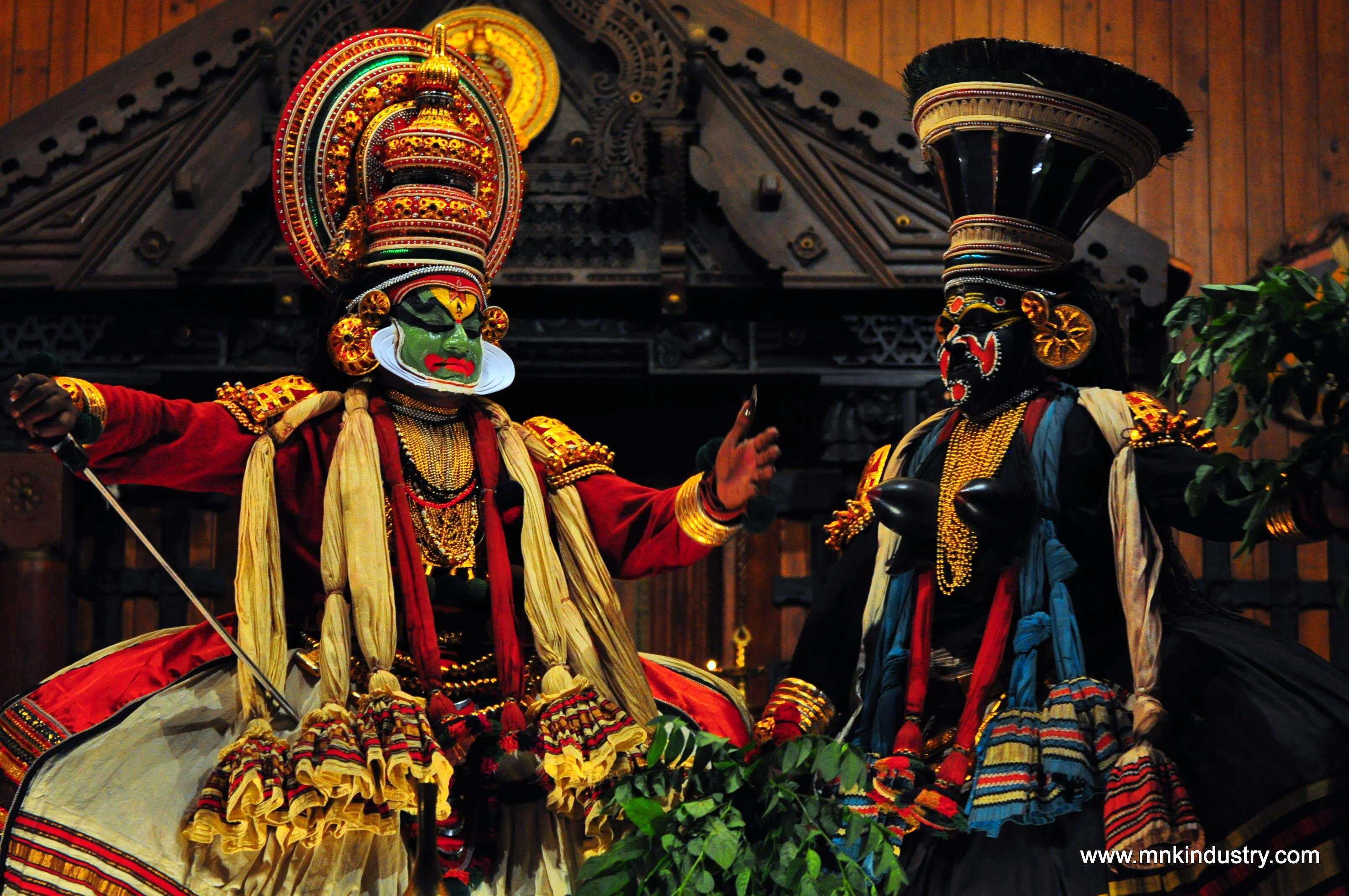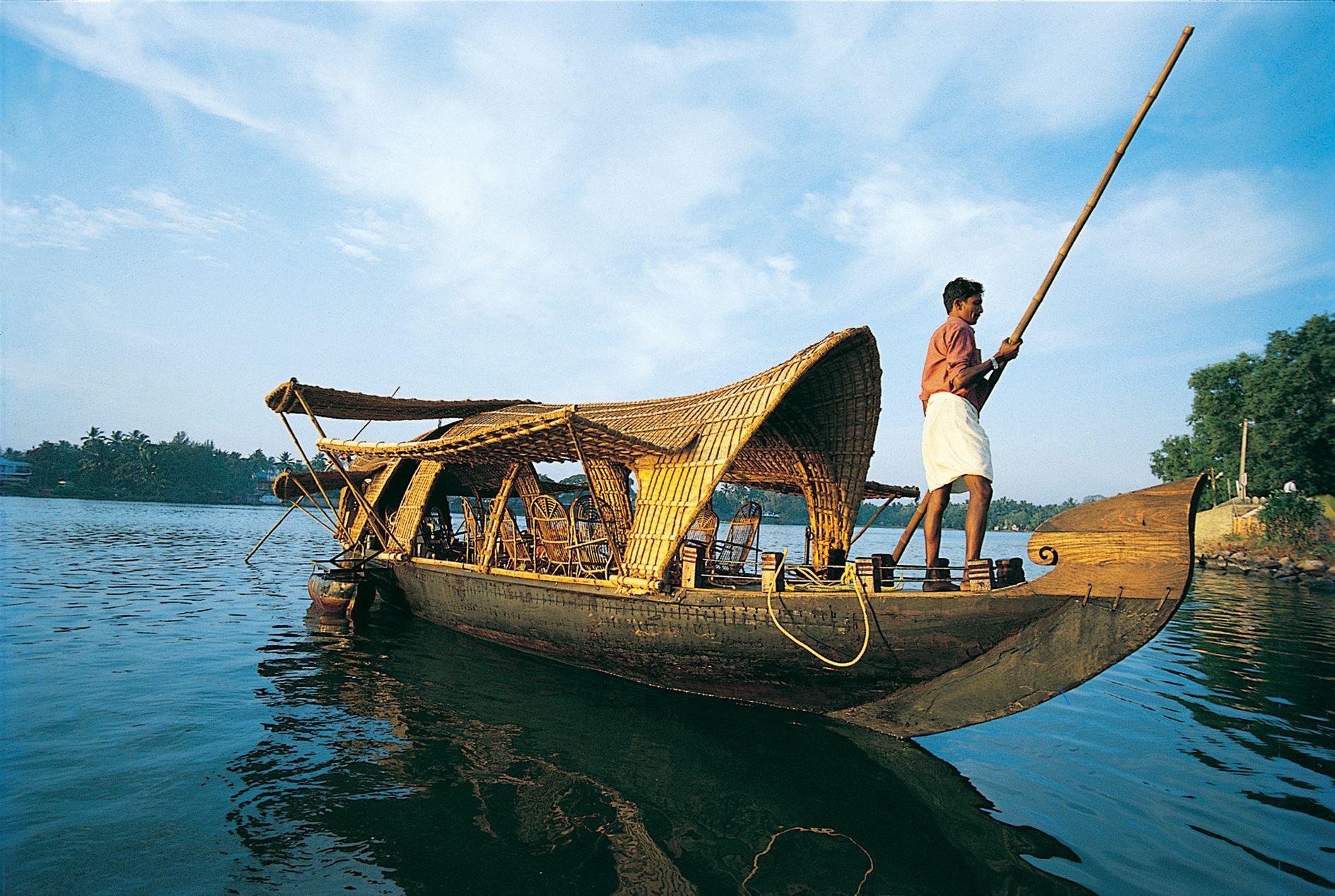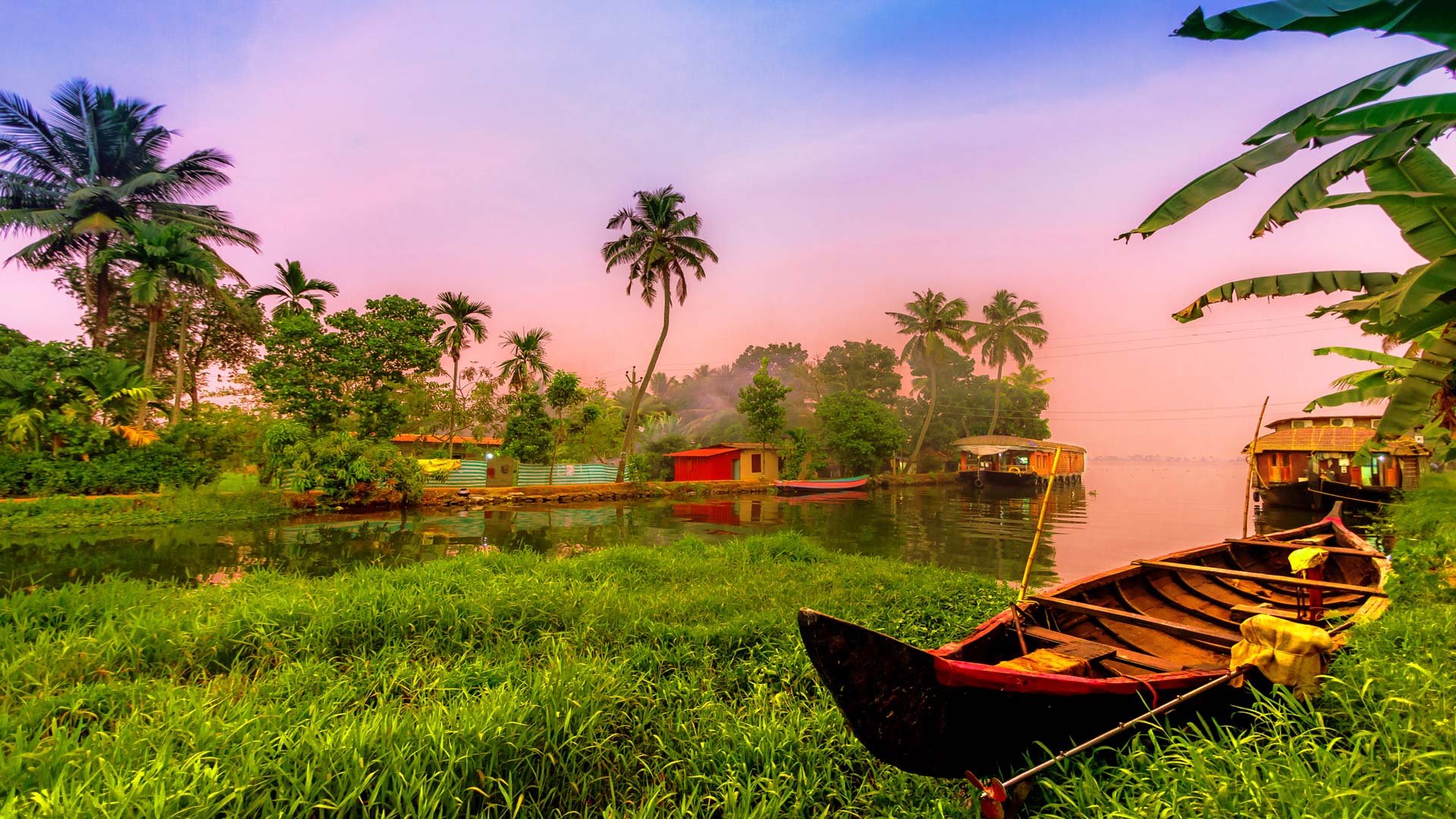Early History
Agrarian Origins: Kumarakom was historically an agrarian village surrounded by Vembanad Lake and lush paddy fields. The land was primarily used for farming and fishing. British Era Influence: During the British colonial period, the area attracted attention due to its scenic beauty. An Englishman named Alfred George Baker developed a large portion of Kumarakom’s wetlands into a rubber and coconut plantation in the 19th century. His estate later played a role in Kumarakom's tourism beginnings.
Emergence as a Tourist Destination (1990s)
Kerala Tourism’s Involvement: In the early 1990s, the Kerala Tourism Department began promoting Kumarakom as a backwater tourism hub. The idea was to showcase the natural beauty of Vembanad Lake and traditional Kerala village life. Conversion of Baker’s Estate: The old Baker estate was converted into a heritage hotel by the Taj Group, which brought national and international attention to Kumarakom. Introduction of Houseboats: Around the same period, modified "kettuvallams" (traditional rice boats) were converted into houseboats for tourists. These floating accommodations became iconic of Kumarakom’s tourism identity.
Eco-Tourism and Responsible Tourism (2000s – present)
Bird Sanctuary Promotion: The Kumarakom Bird Sanctuary, located on the banks of the lake, became a key attraction, helping to promote eco-tourism. It’s known for migratory birds such as Siberian cranes and herons. UNWTO Recognition: Kumarakom received global attention when the UN World Tourism Organization (UNWTO) recognized it as a model for responsible tourism. The government and local community implemented initiatives that benefited the environment and local economy. Rural & Cultural Tourism: The Responsible Tourism initiative integrated local experiences—like toddy tapping, coir-making, fishing, and traditional food—into tourist packages, giving visitors a deeper cultural experience.
Present Day
Kumarakom is now a major destination on Kerala’s tourism map, known for:
Tourism continues to be a major economic driver in Kumarakom, balancing development with sustainability and community engagement.



